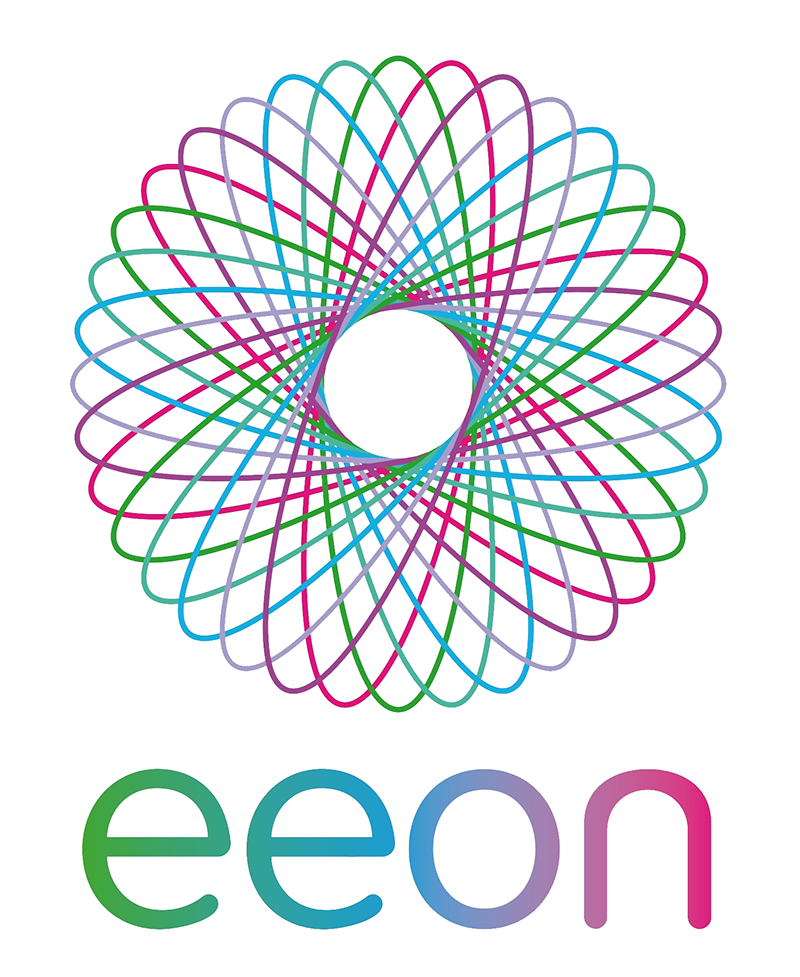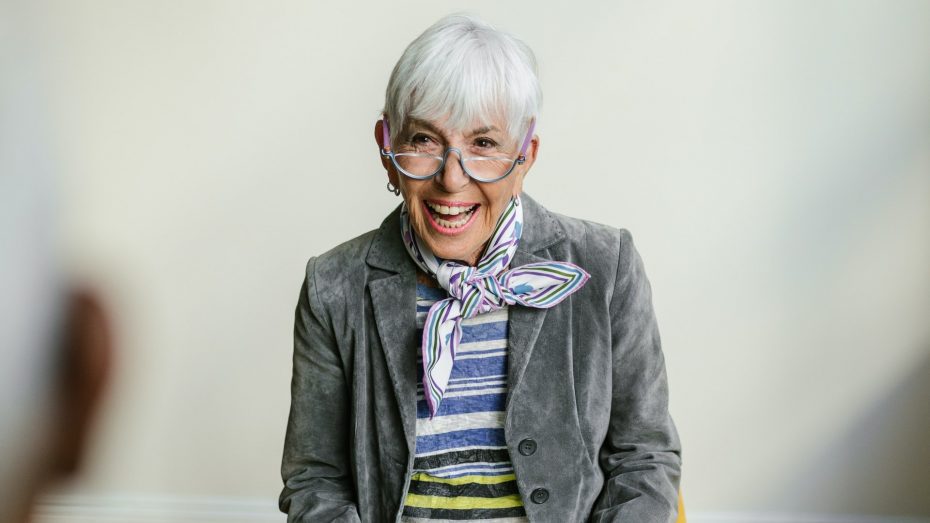This content was originally presented by Roman Ruzbacky (EEON President) at the Diversity & Inclusion Conference.
Welcome to the second day of the Diversity and Inclusion Conference (26 October 2017), brought to you by Employment Law Matters. I’m thrilled to be your host for the day. Following on from yesterday’s sessions, it’s shaping up to be another exciting and action-packed day. Five presentations, two panels and a roundtable, including the following themes, achieving true inclusion, why diversity programs fail, smashing stereotypes, disability, and cultural and linguistic diversity. I have been asked to provide some talking points, hot topics and fresh perspectives, that will align with the themes of day two.
Diane Utatao spent some time yesterday talking about global issues, how world events in the past year have dramatically changed the world, cutting across all diversity dimensions, even big data and artificial intelligence. In the next seven minutes, I want to explore five key themes and ask five key questions (with a mixture of story-telling, self-reflection and enquiry), that focuses on the enablers, the diversity, inclusion and equity advocates and practitioners. We may call ourselves the tempered radicals with a steely resolve and kind hearts. So, I’d like to talk about ourselves and the challenges in our profession, in a local and possibly global context.
Part 1 – A long awakening
I started my career as an analytical chemist, 24 November 1991, for a scientific research organisation. I would work away in my laboratory, often in solitude. I could go days without a conversation. It was an exact profession, requiring precision, timeliness, troubleshooting, critical interpretation of data with room for some creative thinking. The end game was to make a compound of ultra-high purity for the manufacture of magnesium metal. I could clearly see what our research team was trying to achieve. Of course, there was some politics and we were driven to find cheaper alternatives. But the result (good or bad) could be clearly explained by examining the methodology and isolating the variables, or combination of variables, that lead to a specific outcome. We’d re-run the process, time and time again, until the concept was proven and the best result consistently achieved.
On the flip side, I had a low consciousness in diversity, inclusion and equity. Although my lived experience of diversity was present at a personal level (refugee parents, low SES, single mother, CALD, sandwich generation, and disability in the family), I was impacted by inequality at a professional level (parental discrimination and being called a square peg in a round hole). I don’t think I was really engaged. I started working in equal employment opportunity in 1997.
My experience of parental discrimination, however, was the turning point in my career. And if I could experience discrimination, imagine how my colleagues could too. And boy, did they, as it become exposed to me through managing discrimination and sexual harassment complaints. This gave me some experience in finding where the systemic barriers and issues were hidden in employment practices and culture. I’ve always said that good D&I strategy reduces compliance activities.
As a diversity and inclusion practitioner, how do you change people’s deeply ingrained beliefs in relation to gender, race, age, pregnancy and LGBTI? Can you change people’s core beliefs through diversity strategy and compliance activities? You’d expect that clear evidence and rational argument would eliminate discrimination and sexual harassment, under-representation and under-utilisation. Not so, when we continue to hear about discrimination and sexual harassment in the media. It’s the one topic that appears to hit a nerve with people and it’s the endless comments section at the end of an article about promoting diversity and inclusion or that critiques power and privilege that is alarming, hurtful and harmful. You see people endlessly arguing their point of view and no one ever wins even if compassion is used as a rationale. Jane Elliot once said, “We know that anything you learn you can unlearn”. So, should we invest in ‘unlearning’ activities?
This brings me to my first question: How do you engage people, especially the unengaged? Story telling? Personal Experience? Appeal to their self-interest? Or, clear narrative and rationale? It’s a marathon not a sprint when trying to change people’s hearts and minds.
Part 2 – Who’s running the agenda
There has recently been an explosion of diversity and inclusion work and a new wave of emerging diversity and inclusion practitioners, managers and consultants across Australian workplaces. With the rise of practitioners, comes new and emerging practices, bold moves and claims, fad strategies, buzz words. It can be quite confusing.
Are you familiar with these concepts? Here’s a quick checklist.
- Glass cliff, glass ceiling, glass elevator, double-glazed ceiling, stupid curve, jaws curve, scissor curve, bamboo ceiling, mansplaining, man-peating, man-terrupting, male champions of change, reflecting the community you serve, bringing you whole self to work, covering (appearance, affiliation, advocacy, association), code switching, lenses, narrative, Noah’s ark principle of diversity, the myth of merit, cultural fit (my favourite), diversity of thought, diversity fatigue, removing diversity altogether, fixing the women, the cement layer, the saviour complex, the good men that need to fix the bad men, hijacking the agenda, male privilege, and now the white middle aged male becoming an endangered species.
With this surge in D&I activity, people attend a few workshops, conferences, read a few articles and then become inspired, super enthusiastic D&I ‘experts’, then bring this back to the workplace expecting incredible and instant change. As D&I practitioners, we often need to temper expectations. We need to establish trust, credibility, respect and bring the people with us. And bold claims can also result in unrealistic expectations for seasoned practitioners when the methodology is not clearly explained or does not have academic rigour. You may then set the expectation for the unachievable, or unlike in my case, a long time ago, have your boss fudges the figures. Critical interpretation is critical too. If your organisation boasts, let’s say, 95% agreement of managers supporting gender equity, had one female executive and no gender equity plan. You can be led into a false sense of achievement.
There is constant evolution of thinking and some great practices out there. So how do you go about the work when everyone has an opinion on what to prioritize and how it should be done? Is our practice consistent? Should it be? Is everyone is doing the same thing and wanting the same outcomes? Are we considering work area challenges and contexts? What combination of strategies result in equitable outcomes? Can you pinpoint this? Can you prove this?
So, this brings me to my second question: Who is running the D&I agenda in organisations?
Part 3 – What is your organisations approach?
With a sea of information out there (and some imitation), it is difficult to find information that helps you to provide a clear narrative and rationale when talking about diversity, inclusion and equity; something with depth, academic rigour, that says something different. A call to action. A reason to act. You don’t want to be doing the same thing as everyone else and want to embed your unique style.
What is your approach?
- Passive – Promotion, education, awareness, non-deficit language
- Assertive – Women only positions, targets, quotas, KPIs, increased accountability
- Scientific – Research, Benchmarking, Longitudinal Data, Evidence Base
- A social model – People at the centre
- Writing a strategy for people who are not there
What is your personal approach?
My approach is trying to work myself out of a job! That would mean that the system is equitable. As a male working in gender equity (men, women, intersex), I am also aware of my place in the conversation. Would I feel a little apprehensive for someone to advocate on my behalf? Perhaps I would? How do I advocate for people when I have not experienced that inequality first hand? Is my voice being taken away, have I been tokenised or empowered? Am I there to enable, save or fix? What can I learn from people with disability about new ways of working and innovative practices. Has that campaign hit the mark? Are the good men trying to fix the bad men? How do the good men examine their power and privilege? Do I question my own privilege when designing strategy? Do I understand how deep this work runs?
From a recent account from “Unique leadership of minority women conference outcomes, Dr Diann Rodgers-Healey” she made the following observation: “What was common in all the reflections was that the challenges are always present because as minority women, they do not fit the norms that are accepted in society and in workplaces. What resonated through the presentations and discussions was the intensity of this impact on a daily basis, as well as the intensity of effort, emotional and physical, required to from workplaces and social contexts where norms define who is in and who is out, where normative lenses cloud seeing the overt and covert shades of exclusion the minority women traverse and the effort required to ‘fit in’ to unaccommodating discriminatory structures and discourse in workplace and society.”
So, my third question is: Are all voices being heard in setting the D&I agenda? Are the architects and decision makers from diverse backgrounds? Is the profession homogenous in its composition?
Part 4 – Positioning of Diversity & Inclusion & Equity
Successful organizations ensure that the D&I role is positioned high enough to have autonomy, freedom in decision making, licence to operate, be creative and innovative and adequate resourcing. If you’re a diversity practitioner or manager buried five layers down in an organisation and flying solo, it may be a struggle to influence the agenda (yes, the one you have designed or have coordinated in partnership with your stakeholders). How do you demand accountability from executives when you don’t have autonomy or authority?
And, looking at LinkedIn profiles, my guestimate is that most organisations have one or two practitioners? There are currently large research teams working in medical research to try and cure cancer, so if we genuinely want to achieve equality, what can’t we do the same?
So my fourth question is: Do you have license/autonomy/resources to operate? Is it easy to do work at your organisation?
Part 5 – Do all roads lead to culture?
WGEA’s Australia’s gender equality scorecard 2015-2016 shows that 70.7% of organisations have a gender equity policy of strategy in place. There were 4697 organisations that submitted a compliance report to WGEA in 2016, that addressed seven key employment matters. That’s a lot of strategies (3320). However, there were 16% women CEOS, 28.5% women KMP, a national pay gap of 15.3% between men and women. 106 organisations were awarded WGEA’s Employer of Choice citation (public sector not included). That’s 2%. So, with all these strategies and effort, and the glaciers melting faster than the pay gap, do all roads lead to culture as the key contributing factor to inequality? (my final question).
As diversity, inclusion and equity practitioners, we often want to be bold and courageous as the cause is very personal and the impact real.
I have tried to unpack some of the multi-layered complexities and challenges of the Diversity, Inclusion and Equity practitioner in today’s climate, as we strive to ensure that,
All people have a right to be treated with dignity and respect, and participate in all aspects of work life to achieve their full potential, where diversity and inclusion is a lived and breathed experience.
I wanted to finish with a quote from Winston Churchill,
“Every day you may make progress. Every step may be fruitful. Yet there will stretch out before you an ever-lengthening, ever-ascending, ever-improving path. You know you will never get to the end of the journey. But this, so far from discouraging, only adds to the joy and glory of the climb.”
Today we have a fantastic line up of speakers, thought leaders and change agents that will add great value to our thinking and practice. I hope you enjoy the day.


